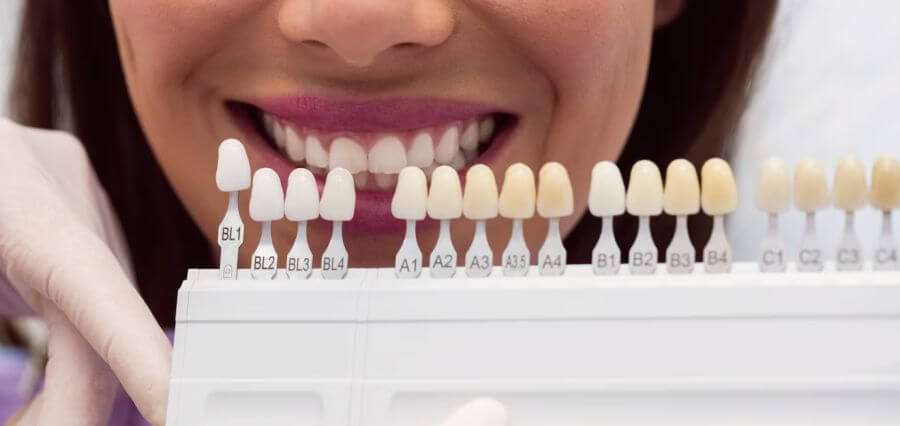Mobile health technology is not just the future of medical care, it’s a future that has arrived in full force. Mobile healthcare has become extremely popular among healthcare providers, health systems and consumers.
In the past year, the benefits of mobile devices in healthcare became abundantly clear during the global pandemic. Lockdowns and restrictions required people to maintain a physical distance from each other, even during medical consultations. mHealth is now firmly cemented as a viable way of delivering care and improving patient experiences.
What Is mHealth?
mHealth is the utilization of wireless networks and mobile devices, such as mobile phones, tablets, and intelligent virtual assistants, to support medicine and public health. These devices are used to track, monitor, or deliver health-related services. It includes everything from fitness trackers, menstrual cycle monitors, diabetes monitors and blood pressure trackers, to video consultations with doctors and medication adherence applications.
Within digital health, mHealth encompasses all applications of telecommunications and multimedia technologies for the delivery of healthcare services and health information.
Numbers You Should Know
The world increasingly relies on mobile technology, and the medical field can leverage this reliance to improve services, wellness checks, and provide care to people with limited access. Below are statistics illustrating the trends in mobile health.
- About 70% of Americans own a tablet, and more than 90% own a smartphone; more than 64% of these people use their devices for health-related purposes
- Over 40% of doctors believe telemedicine could cut in-office visits in half, in turn reducing costs
- Text and email have replaced phone conversation as peoples’ favorite way to communicate
- More than 2/3 of healthcare technology executives believe mHealth will have a significant impact on health care delivery
- More than 70% of healthcare consumers would like to see expanded use of mHealth technology
- The mobile health industry is worth $56 billion, and it has an expected growth rate of 30%
Top Five Benefits of Mobile Health Devices in Healthcare
1. Quicker Access to Care
Delivery of care is one of the biggest obstacles to ensuring everyone has access to medical care. This is especially true for people living in rural or low-income areas. Many people are frustrated by the need to call for appointments, fill out mounds of paperwork, take time off work, and other inconveniences of traditional medical care.
mHealth provides a solution to these problems. Patients have access to their mobile health applications 24/7 that allows them to quickly schedule appointments, telemedicine visits and consultations, send paperwork and secure messages to their providers in the comfort of their own homes.
Telemedicine already exists, and healthcare providers have successfully used it to write prescriptions for urgent care situations, counsel patients, provide aftercare instructions, and other matters that don’t require an in-person visit. Telephone, video conferencing, and chat applications also extend to psychotherapy and addiction counseling. Access to care for all is the ultimate goal and mHealth technology can make it a reality.
2. Improves Medication Adherence
Medication adherence is one of the most damning aspects of an inefficient healthcare system. According to the World Health Organization, “increasing the effectiveness of adherence interventions may have a far greater impact on the health of the population than any improvement in the specific medical treatments.” The lack of adherence leads to increased preventable deaths and costs $100 billion per year. Mayo Clinic found that “50% of patients with chronic illnesses don’t take their medications as prescribed.” Poor medication management leads to readmissions, poor health outcomes, and increased health care costs.
There are medication apps that are dedicated to countering this issue. For instance,
- PatientPartner provides patient health education into a game, where users can select a character and then make decisions affecting their character’s health. In the end, they are scored in categories such as health education, strategy, and emergency response. Demonstrating these scores highlights the importance of committing to their treatment plans.
- Medisafe is described as a “virtual pillbox”, taking on the color and shape of a patient’s actual medication. The app then sends push notifications to the patient to remind them to take their medication as well as family or friend, in the event they forget. To provide further support and inclusivity, a low-tech version of the app was launched. Therefore, whether you have a smartphone or not, anyone can be supported in their treatment plans.
Implementing mobile technology in healthcare is addressing non-adherence which could potentially prevent millions of deaths while helping patients and providers save billions in healthcare costs year over year.
3. Makes Remote Patient Monitoring Possible
Remote patient monitoring (RPM) falls under the telehealth umbrella and requires patients to utilize mobile devices and mHealth technology meant to collect and transmit health information to providers.
RPM has made it possible for practitioners to continue monitoring patients once they’ve been released from the hospital. Remote monitoring reduces readmission rates, length of hospital stays, keeps people healthy, allows elderly patients to live at home independently for longer periods of time, etc.
With an emphasis on patient health maintenance through preventative care, doctors are delivering improved services when they adopt a patient-centric care plan.
4. Supports Medication Management and Safety
Medication management is necessary when patients are taking multiple medications at a time. In these situations, patients are more susceptible to forgetting the names and dosages, especially in the elderly and disabled communities.
Mixing medications can lead to adverse drug reactions Some people have complicated medication routines, and this service can prevent incorrect administration, lack of adherence and dangerous overdoses.
Polypharmacy cases are perfectly suited for mobile technologies that are aiding in medication management. Popular apps like EllieGrid, PillReminder, and CaringVillage are all designed to address this need. Advances in mobile health technology will make medication management easier and safer for patients, healthcare providers and caregivers to ensure everyone is taking the right pills at the right time.
5. Streamlines Medical Practice and Case Management
Mobile health apps help to improve health system connectivity, connecting referring physicians and office administrative staff. Mobile devices can be used to send secure messages, access electronic health records, they also s if patients need medical attention, when they have been admitted to a hospital.
Mobile health solutions are also making it possible to see complete medical histories – including previous illnesses, treatment plans, doctors they’ve seen, and when, where they are going next – which further improves coordination and care.
Conclusion
According to InformationWeek, over 80% of doctors use a variety of mobile applications to manage their practices. mHealth applications and technologies are providing better access to care, increasing efficiencies, cutting costs, saving lives, and so much more.
As the benefits continue to grow and more patients and providers opt for and integrate these solutions into health systems and care plans, mhealth app development will grow to provide more robust support.












